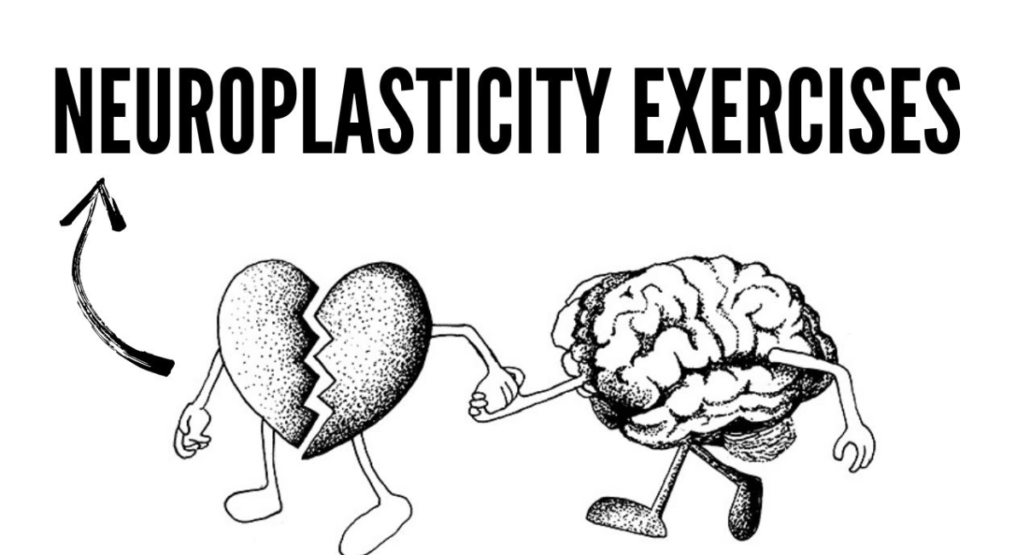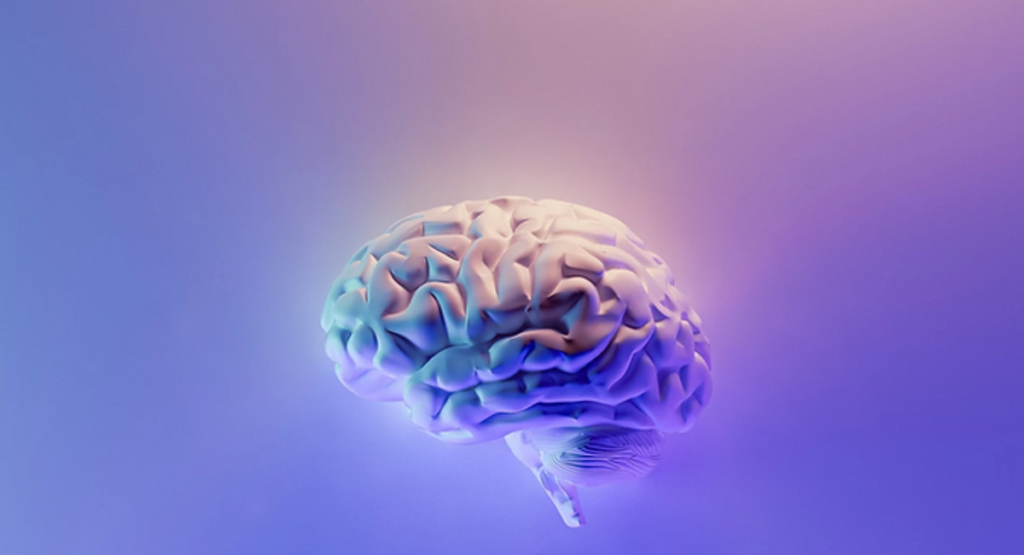In the fascinating realm of neuroscience, the concept of neuroplasticity has revolutionized our understanding of the brain’s capabilities. Neuroplasticity, the brain’s ability to adapt and reorganize itself, opens doors to intentional brain rewiring. In this blog, we embark on a journey to explore seven impactful neuroplasticity exercises. These exercises empower individuals to actively shape their neural pathways, fostering cognitive agility, resilience, and personal growth.
What is Neuroplasticity?
Neuroplasticity challenges the traditional notion that the brain’s structure is fixed in adulthood. This dynamic phenomenon underscores the brain’s malleability, responding to experiences, learning, and environmental stimuli. By understanding neuroplasticity, individuals gain insights into the brain’s remarkable capacity for change, laying the foundation for intentional brain rewiring. Contrary to the traditional belief that the brain’s structure is fixed in adulthood, neuroplasticity highlights its dynamic nature, responding to experiences, learning, and environmental stimuli. This intricate process involves the strengthening or weakening of existing neural pathways and the creation of new ones, influencing behavior, cognition, and emotional responses. Neuroplasticity exercises play a crucial role in recovery from injuries, skill acquisition, and memory formation.
7 Neuroplasticity Exercises to Rewire Your Brain
Unlocking the potential of neuroplasticity exercises involves a deliberate and consistent approach to reshaping the brain’s neural pathways. The top seven neuroplasticity exercises that are designed to stimulate the brain’s adaptive capabilities and foster cognitive agility include:
1. Mindfulness Meditation
Mindfulness meditation serves as a cornerstone in neuroplasticity exercises. Through intentional and non-judgmental awareness of the present moment, individuals initiate structural changes in the brain. Research suggests that regular mindfulness practices contribute to increased gray matter density in regions associated with self-awareness, emotional regulation, and attention. By incorporating brief meditation sessions or mindful pauses into daily life, individuals anchor their focus, promoting the development of neural pathways linked to heightened cognitive and emotional functions.
2. Cognitive Training Games
Engaging in cognitive training games, puzzles, and memory exercises actively challenges the brain’s existing neural connections. These activities stimulate the formation of new synaptic pathways, enhancing cognitive functions such as memory, problem-solving, and attention. By making these games a part of leisure time or breaks, individuals introduce cognitive challenges that promote the creation of adaptive neural networks. The playful nature of these exercises ensures that the brain remains agile and responsive to novel stimuli, contributing to long-term cognitive vitality.
3. Learning a New Skill or Language
The process of acquiring a new skill or learning a language prompts the brain to adapt to unfamiliar demands. This exercise in cognitive flexibility results in structural changes that bolster problem-solving skills, adaptability, and overall cognitive function. Whether it’s picking up an instrument, learning to paint, or delving into a new language, engaging in continuous learning experiences keeps the brain agile and receptive to diverse cognitive challenges. The acquired skills contribute to the formation of neural networks that support cognitive adaptability and enhance overall cognitive reserves.

4. Physical Exercise
Regular physical exercise stands as a potent catalyst for neuroplasticity. Activities such as aerobic exercises enhance blood flow, trigger the release of neurotrophic factors, and contribute to the growth of new neurons. These changes positively impact brain structure and function, promoting optimal cognitive health. Whether it’s a brisk walk, a workout session, or yoga, incorporating regular physical activity into daily life not only enhances neuroplasticity but also contributes to overall well-being.
5. Socializing and Building Connections
Human connection and social interactions play a pivotal role in the neuroplasticity journey. Meaningful conversations, building relationships, and fostering social connections stimulate areas of the brain associated with empathy, emotional regulation, and social intelligence. By actively engaging in social activities, individuals contribute to the adaptive changes in the brain’s structure, supporting emotional well-being and enhancing interpersonal skills. Socializing becomes a dynamic exercise for the brain, promoting resilience and cognitive vitality.
6. Visualization and Mental Rehearsal
Visualization and mental rehearsal involve vividly imagining desired outcomes or practicing skills mentally. This powerful exercise activates neural pathways, reinforcing positive behaviors and improving performance in various activities. Whether envisioning success in a professional endeavor or mentally rehearsing a skill, the brain responds to these intentional visualizations by strengthening the connections associated with the envisioned actions. Incorporating this practice into daily life fosters a mindset geared towards achievement and personal growth.
7. Balanced Nutrition and Brain-Boosting Supplements
Providing the brain with essential nutrients through a balanced diet and brain-boosting supplements supports neuroplasticity. Omega-3 fatty acids, antioxidants, and vitamins play crucial roles in maintaining optimal brain health, contributing to structural changes that support cognitive function. By adopting a diet rich in these nutrients and considering supplements under medical guidance, individuals nourish their neural landscape, fostering an environment conducive to neuroplasticity and cognitive well-being.
How to Incorporate Neuroplasticity into Your Daily Life?
The key to leveraging neuroplasticity lies in consistent practice and integration into daily life. Incorporating neuroplasticity exercises into daily life is an empowering journey toward cultivating a resilient and agile mind, and you actively participate in the rewiring of your brain. Incorporating these intentional practices into daily life creates a holistic approach to neuroplasticity, enhancing cognitive abilities, emotional resilience, and overall mental well-being. As these habits become ingrained, you embark on a transformative journey toward a mind that thrives on adaptability and continuous development.
This holistic approach contributes to lasting changes, enhancing cognitive function, emotional well-being, and overall mental resilience. The key lies in weaving intentional practices seamlessly into your routine, fostering lasting changes in the brain’s neural landscape.
Conclusion
Embracing neuroplasticity exercises unlocks a realm of possibilities for personal growth and cognitive enhancement. These seven exercises serve as a roadmap for intentional brain rewiring, unlocking the brain’s full potential. As you embark on this transformative journey, you cultivate a mind that thrives on adaptability, continuous development, and the profound capacity to reshape its own narrative.
We are India’s first comprehensive continuum care provider. We provide multidisciplinary out of hospital care to acute and post-acute and chronically ill patients at our critical care facilities and your home.


